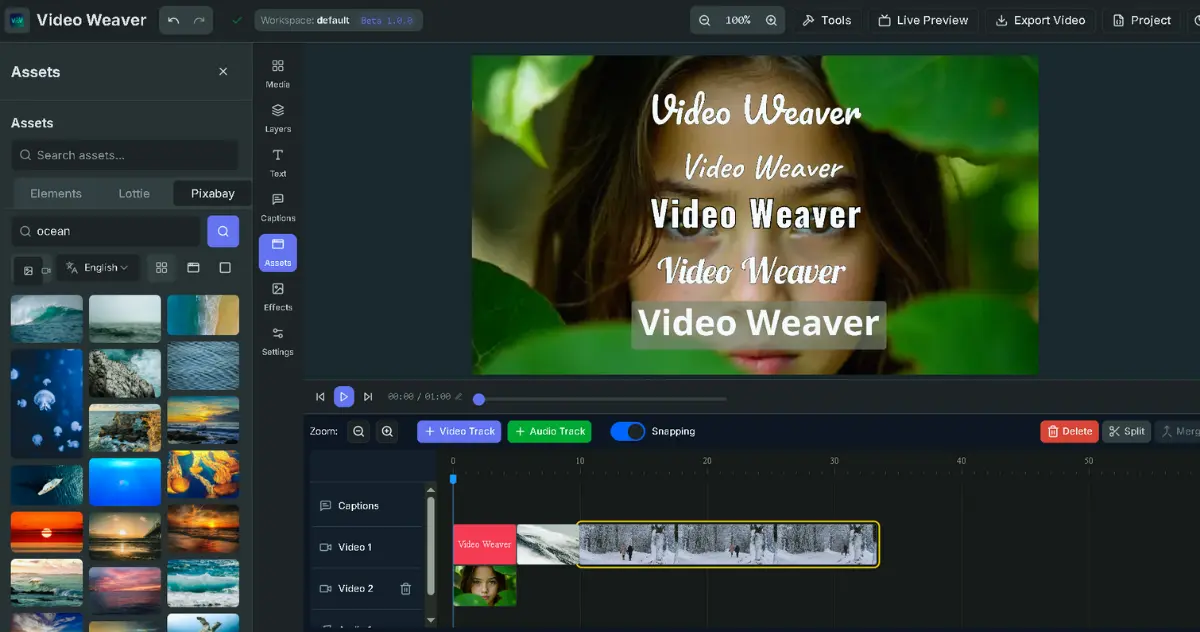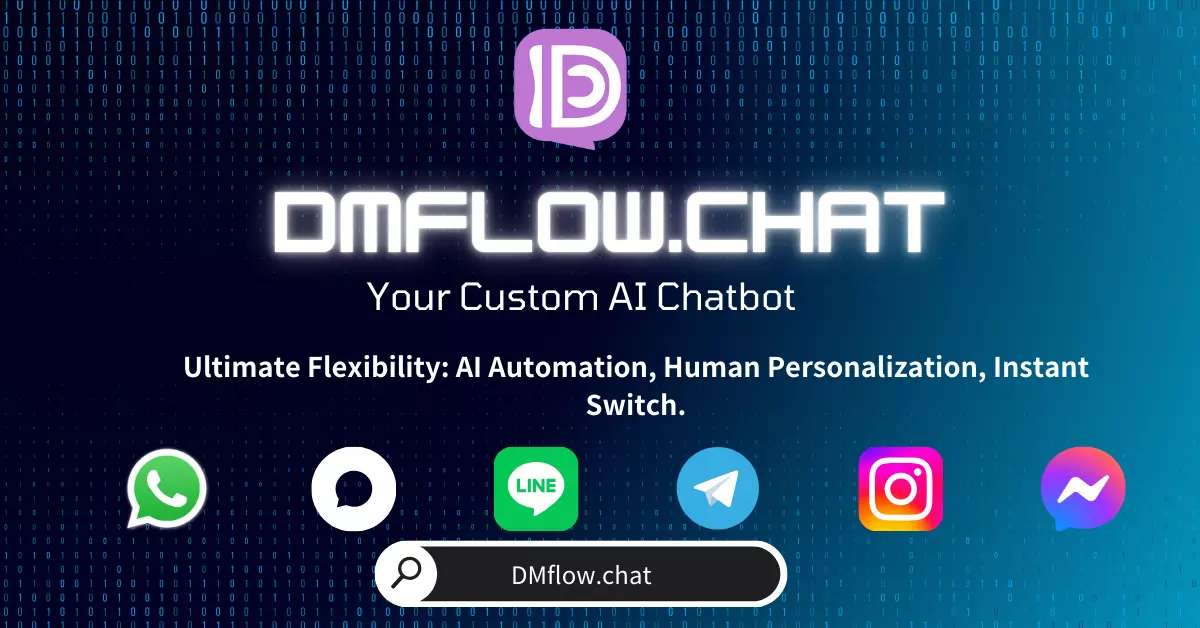Ai2 once again subverts the open-source AI world! Olmo 3 not only releases model weights but also directly discloses the complete ‘Model Flow.’ From 7B to 32B parameter scales, covering Base, Think, Instruct, and RLZero versions, along with complete training data and intermediate checkpoints. This is not just open source; it’s laying every detail of AI development bare in the sunlight.
Why do we only see the results, but not the process?
Has anyone noticed something? The language models on the market today are usually like a “snapshot.”
Developers go through a long and meticulous adjustment process, and in the end, they only release the weights of the finished product, telling everyone, “Here, use it. It’s powerful.” But what happens in between? How did the model learn all this knowledge? If you want to modify, adjust, or adapt the model to a specific domain, just having the final weights is often not enough. It’s like being given a three-star Michelin dish but having the recipe and cooking process locked in a safe.
The Allen Institute for Artificial Intelligence (Ai2) clearly doesn’t want to do that.
With the release of Olmo 3, they have proposed a brand-new concept: the “Model Flow.” This isn’t just about the final model; it’s about the entire lifecycle. From the selection of datasets, the checkpoints at each training stage, to the dependencies required for training, everything is made public. The purpose of doing this is simple: to build genuine trust and allow researchers to truly “intervene” in the development process, not just fine-tune the finished product.
The Core Members of the Olmo 3 Family: More Than Just Models, a Complete Ecosystem
Olmo 3 is not a single model but a carefully designed family, covering two parameter scales: 7 billion (7B) and 32 billion (32B). These two sizes hit the sweet spot: 7B is suitable for running on a laptop, while 32B strikes an excellent balance between performance and hardware requirements, making it suitable for research clusters.
Let’s take a closer look at the four main branches of this family:
1. Olmo 3-Base: The Strongest Foundation
This is the foundation of everything. Olmo 3-Base is hailed as the currently strongest “fully open-source” base model. “Fully open-source” here means that the training data, code, and weights are all public. In evaluations, its performance not only surpasses other fully open-source models of the same type but can even compete with top-tier models that only release their weights, such as Qwen 2.5 and Gemma 3.
It performs impressively in programming, reading comprehension, and mathematical problem-solving, and it supports a context length of up to 65K tokens. For developers who want to perform post-training from scratch, this is an extremely solid starting point.
2. Olmo 3-Think: Making the Thought Process Visible
This is perhaps the most exciting part of this release. Olmo 3-Think is a model focused on “reasoning.” It allows users to inspect the intermediate Reasoning Traces, meaning you can see what the model was “thinking” in its mind before giving an answer.
Through a specific training process (SFT -> DPO -> RLVR), this model has demonstrated astonishing capabilities in math, code, and multi-step problem-solving. Data shows that Olmo 3-Think (32B) is already on par with Qwen 3 32B in benchmarks like MATH and OMEGA, and even outperforms it in some areas. It is no longer a black box that just spits out answers but a thinker that can explain its own logic.
3. Olmo 3-Instruct: The Expert in Dialogue and Tool Use
If you need an assistant that can chat fluently, understand instructions, and use tools, this is it. Olmo 3-Instruct is the instruction-tuned version, focusing on multi-turn dialogue and tool use.
In evaluations, its performance is on par with Llama 3.1 and Qwen 2.5. This means that developers now have a fully open-source, high-performance alternative for building high-quality conversational agents without worrying about licensing or black box issues.
4. Olmo 3-RLZero: The Experimental Field for Reinforcement Learning
This is a gift for hardcore researchers. Olmo 3-RLZero provides a complete reinforcement learning path designed to guide complex reasoning behaviors. Ai2 has released four series of checkpoints, each focused on a specific domain: math, code, instruction following, and general chat. This allows researchers to study in detail how reinforcement learning affects model behavior and to conduct experiments with verifiable rewards (RLVR).
Data Transparency: The Key Roles of Dolma 3 and Dolci
To be honest, many so-called “open-source” models are often secretive about their training data. But Olmo 3 chooses to lay it all bare.
The pre-training this time used the brand-new Dolma 3 dataset, a massive corpus of about 9.3 trillion tokens, with sources including web pages, scientific paper PDFs processed by olmOCR, code repositories, and mathematical problems.
To make the model smarter, Ai2 also designed specific data mixing recipes:
- Dolma 3 Mix (5.9T): Used for pre-training, with an increased proportion of code and math data, and subjected to strict deduplication and quality filtering.
- Dolma 3 Dolmino: This is the secret weapon for the “mid-training” stage. It has only 100 billion tokens, but all of it is high-quality math, science, and reasoning data. It’s like the condensed notes from a cram school before an exam, helping the model build a solid foundation before entering specific domains.
- Dolma 3 Longmino: A mixed dataset specifically designed for long texts, allowing the model to learn how to track information in reports or logs that are tens of thousands of words long.
- Dolci: This is a data suite specially prepared for post-training, covering the data required for the SFT, DPO, and RLVR stages.
This level of transparency means you can know exactly what the model “ate” to grow into what it is now.
Technological Breakthroughs: How to Make Training More Efficient?
Besides the model itself, Olmo 3 has also put a lot of effort into training efficiency. They used as many as 1024 H100 GPUs for pre-training. But more importantly, the optimizations were at the software level.
Compared to the previous generation, the efficiency of Olmo 3’s post-training code has increased by a significant 8 times. This is attributed to migrating the SFT process to the more efficient Olmo Core codebase and introducing technologies like “in-flight weight updates” and “continuous batching.” Simply put, this makes the training process faster and cheaper, and it gives individual developers or small labs a better chance to reproduce or modify these models.
Practical Applications: What Does This Mean for Developers?
This all sounds great, but how does it help with actual development?
Imagine you are developing a medical AI assistant. With a traditional model, you can only fine-tune the final product, and the effect is often limited. But with Olmo 3’s “Model Flow,” you can choose to intervene during the “mid-training” stage, mix in your medical professional data, or fork your own version from a specific checkpoint.
Furthermore, Ai2 also provides the OlmoTrace tool. When you ask the model a question in the Ai2 Playground, you can instantly track which training data the model “learned” this answer from. This directly bridges the gap between training data and model behavior, which is extremely valuable for debugging and understanding model hallucinations.
Frequently Asked Questions (FAQ)
Here are the most frequently asked questions about Olmo 3:
1. What is the biggest difference between Olmo 3 and other open-source models?
The biggest difference lies in the concepts of “transparency” and “Model Flow.” Most models only provide the final weights, whereas Olmo 3 provides the complete lifecycle from pre-training data, intermediate checkpoints, training code, to the final model. This allows users to intervene, modify, or study at any stage of development, not just use the finished product.
2. What’s so special about Olmo 3-Think’s “thinking” function?
Olmo 3-Think can display its intermediate reasoning trace. When dealing with complex problems like math or code, it doesn’t just jump to the answer but lists the thinking process step-by-step, much like a human would. This not only improves accuracy but also allows developers to check for logical loopholes, something that many current closed-source models cannot do.
3. How should I choose between the 7B and 32B versions?
- 7B Version: Suitable for resource-constrained environments, such as high-end laptops or consumer-grade GPUs. It has a fast response time and is suitable for real-time dialogue or edge computing applications.
- 32B Version: This is the sweet spot for performance and resources. It is powerful enough to compete with top-tier models in logical reasoning and breadth of knowledge, but it doesn’t require a massive cluster like models with hundreds of billions of parameters, making it suitable for academic research or enterprise-level application deployment.
4. Can I use Olmo 3 for commercial purposes?
According to Ai2’s documentation, all components of Olmo 3 (data, code, weights) are released under permissive open-source licenses. This generally means that commercial use, modification, and distribution are allowed, but it is recommended to carefully read the specific license terms (such as Apache 2.0 or similar terms) before use.
5. Where can I download the models and data?
All model weights, training data, and tools have been released on Hugging Face. You can visit Ai2’s official Hugging Face page to download them or test them online directly at the Ai2 Playground.
Related Resource Links
- Online Demo (Ai2 Playground): https://playground.allenai.org/
- Model and Data Download (Hugging Face): https://huggingface.co/collections/allenai/olmo-3-68e80f043cc0d3c867e7efc6
- Official Blog: https://allenai.org/blog/olmo3
- Detailed Technical Report: https://allenai.org/papers/olmo3
The emergence of Olmo 3 proves that the development of AI does not need to rely on closed black boxes. Through complete openness and transparency, we can build truly trustworthy, controllable, and continuously improving artificial intelligence systems. Now, the tools are all in your hands, what will you create with them?




